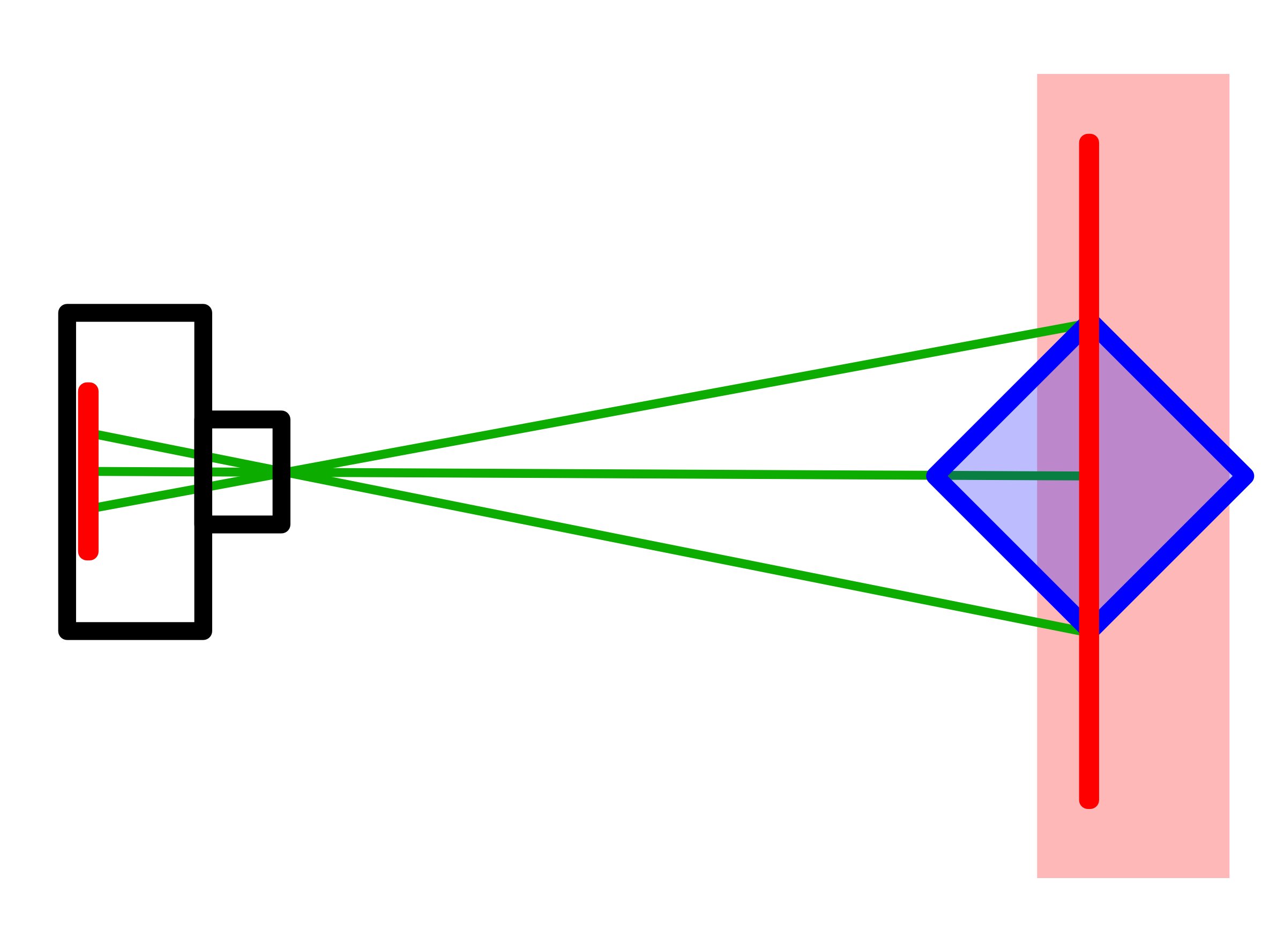Manually Focusing (D)SLRs
Introduction
Even today, many photographers – including myself – use manual focus lenses with analog and digital SLR cameras.
However, achieving perfect focus every time requires an understanding of optical principles and mastering the technique.
Theory
Two basic optical concepts have to be understood in order to master manual focusing. The first one is critical focus and the second one is depth of field. If you are already familiar with these concepts, you can skip this part of the video.
Critical Focus
The term critical focus describes the portion of the picture that is optically in focus.
It is a plane that is parallel to the image sensor or film. The plane of critical focus has no depth.
Plane of critical focus.
Depth of Field
Depth of field is the distance between the nearest and farthest points of a scene that are in acceptably sharp focus.
It is important to know that the depth of field does not extend evenly from the plane of critical focus.
The near to far distribution is as follows. The acceptable focus beyond the plane of critical focus extends further than it does in front of the plane of critical focus (towards the camera).
Depth of field or area of acceptably sharp focus.
In Practice
Some deductions can be made for the photographic practice:
1) When focus is missed, the plane of focus is usually behind the subject. The reason for that are the near to far distribution of acceptable sharpness, focus throw and human perception.
2) Stopping down the lens increases the chances of achieving acceptable but:
- Nevertheless, only the plane of focus is optically in focus. The further an object is away from this plane, the less sharper is its rendition in the photograph.
- Very small apertures require enough light and decrease overall sharpness because of diffraction.
- The effects of increased depth of field might be visually undesirable.
3) Lenses always display an area of acceptable focus. Perceiving the plane of critical focus can therefore be difficult when looking through the viewfinder. Notwithstanding, misplacing the plain of critical focus is usually noticeable in the final image.
Technique
Focusing Still Subjects
The following procedure ensures the highest precision for still subjects and increases the chance of achieving acceptable focus drastically.
1) First, set the lens to infinity. Always start with the lens set to infinity.
2) Then, turn the focus ring until the subject is first in- and then slightly out of focus. By that, you will be able to see how critical focus with the current lens actually looks like. Often focus is missed because the object was only in acceptable but not critical focus.
3) Now turn the focus ring in the opposite direction until the subject appears sharp for the first time.
4) Repeat the whole procedure or make incremental turns if in doubt.
5) Otherwise, take the photograph.
Let me explain why this works so well. The procedure makes use of the near to far distribution as well as the way human perception works. The risk of misfocus is drastically reduced.
Focusing Moving Subjects
Focusing on moving subjects requires a different approach. Do not attempt to track moving subjects but use what is called trap focus.
Watch the subject and find out whether it is moving towards or away from you.
If it is approaching you, focus closer. If it is moving away from you, focus further away.
In both scenarios, you then wait until the subject appears sharp and the you press the shutter button.
You can also repeat the process multiple times if you are fast enough. This allows you to get images of your subject at different distances while also increasing the chance of having a sharp one among them.
Electronic Focusing Aids
In modern cameras with auto focus, the electronic rangefinder functionality can help achieving acceptable focus. Keep in mind that these systems are to a certain extent impacted by similar issues as the human vision is.
Digital rangefinders (Nikon terminology) sometimes register a zone of acceptable focus and therefore can also produce slightly mis-focused images.
Set your DSLR on a tripod, focus on a still subject and you will see that you can turn the focus ring slightly with the focus confirmation still indicating “focus achieved”.
I recommend combining electronic focusing aids with the proper technique described above for best results.
Conclusion
To master manual focus, you need to practice the described techniques as often as possible.
As a professional photographer who uses manual focus lenses, getting the focus perfect every time is crucial.
This is why I practice every morning with my D800 and a manual focus lens.



